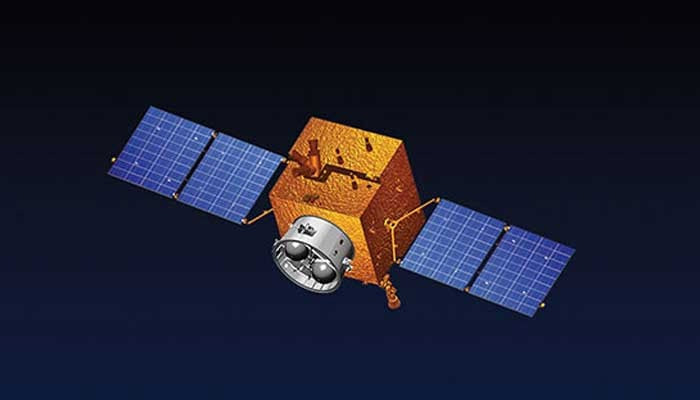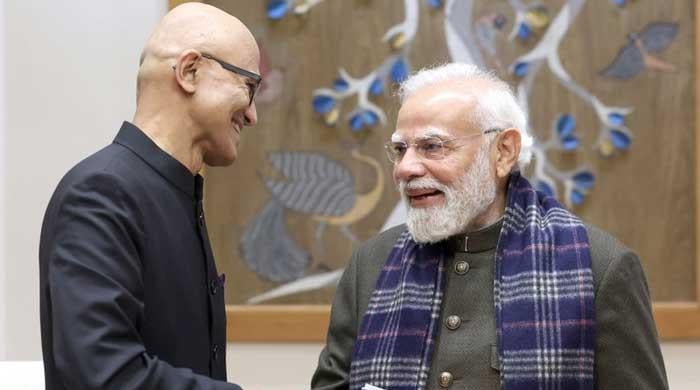EO-1: Pakistan's homegrown electro-optical satellite to launch from China tomorrow
Rocket carrying Pakistani space probe to lift off from Jiuquan Satellite Launch Centre, China
January 16, 2025

Pakistan is poised to make a momentous leap in its space exploration capabilities with the launch of the EO-1 satellite tomorrow (Friday), marking a stellar milestone for the country's space programme.
The landmark event will take place at the Jiuquan Satellite Launch Centre (JSLC) in China, which is a testament to its steadily growing space technology expertise.
Designed and developed entirely by the Pakistan Space and Upper Atmosphere Research Commission (SUPARCO), the electro-optical (EO) satellite is fitted with cutting-edge imaging technology.
According to a statement issued by Suparco, it is expected to provide substantial benefits across various sectors, including agriculture, environmental monitoring, urban planning, and disaster management.
This achievement aligns with Pakistan's National Space Policy and reinforces its commitment to harnessing advanced technologies for national progress.
"This is a historic milestone for Pakistan," said Zain Bukhari, an expert at Suparco.
"EO-1 is equipped with a high-resolution camera that will capture detailed images of Earth, offering multiple applications.
It is the first satellite fully designed and manufactured locally by the national space agency's engineers, demonstrating the nation's capability to achieve self-reliance in space technology.
"The satellite has undergone rigorous testing to ensure its operational readiness, and Friday's launch is expected to be a proud moment for the entire nation," he said.
The satellite, which observed the lunar surface and captured real-time images, not only showcased local talent but also encouraged the younger generation to pursue careers in space science.
As an agrarian country, Pakistan stands to benefit significantly from the EO-1 satellite.
According to Zain Bukhari, the satellite's capabilities will revolutionise agricultural practices by providing data on crop suitability, water requirements, and efficient resource use.
This will help educate farmers and minimise resource wastage. In addition to its agricultural applications, EO-1 will play a critical role in disaster management.
"During floods and earthquakes, it is often impossible to assess damages immediately.
"Satellites like EO-1 can provide crucial data in real-time, enabling authorities to make informed decisions about relief and rescue operations," he explained.
He also emphasised the satellite's importance in addressing climate change.
With advanced technology to monitor deforestation, glacier melting, and other environmental changes, EO-1 will provide valuable insights to tackle global warming and drive sustainable development.
Meanwhile, Aisha Rabia, another expert from Suparco, highlighted the satellite’s potential to benefit sectors like urban development, resource extraction, and conservation.
"EO-1 will aid in monitoring minerals, oil and gas fields, glacier recession, and water resources.
"It reflects Pakistan's ability to achieve self-sufficiency in satellite manufacturing despite economic challenges," she said.
Looking ahead, Bukhari said that Suparco has ambitious plans for deep space missions and scientific research to further expand Pakistan’s presence in the global space arena.
The launch of EO-1 is expected to inspire greater investment in space technology, create job opportunities for youth, and strengthen Pakistan's position in the global space arena, he added.









